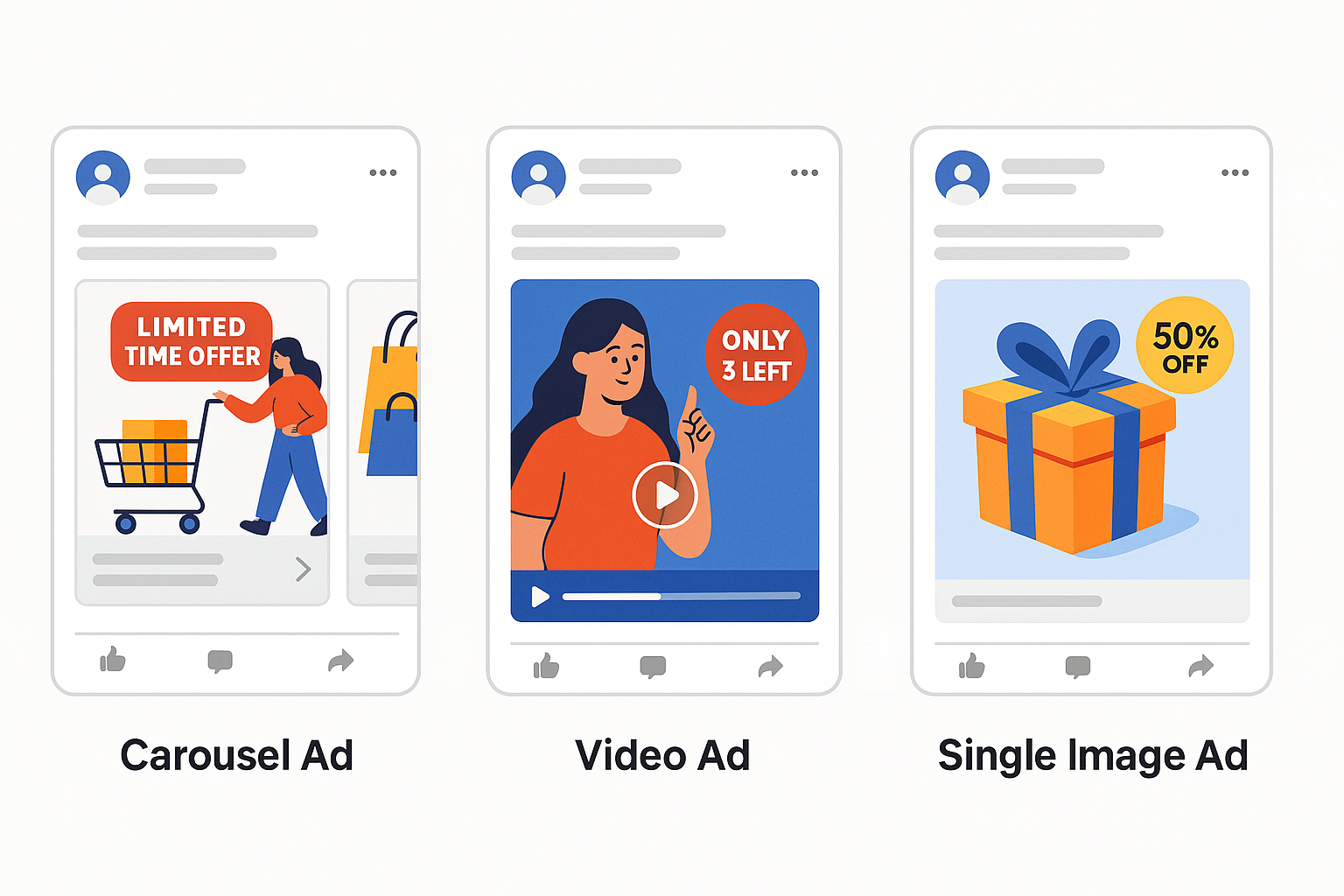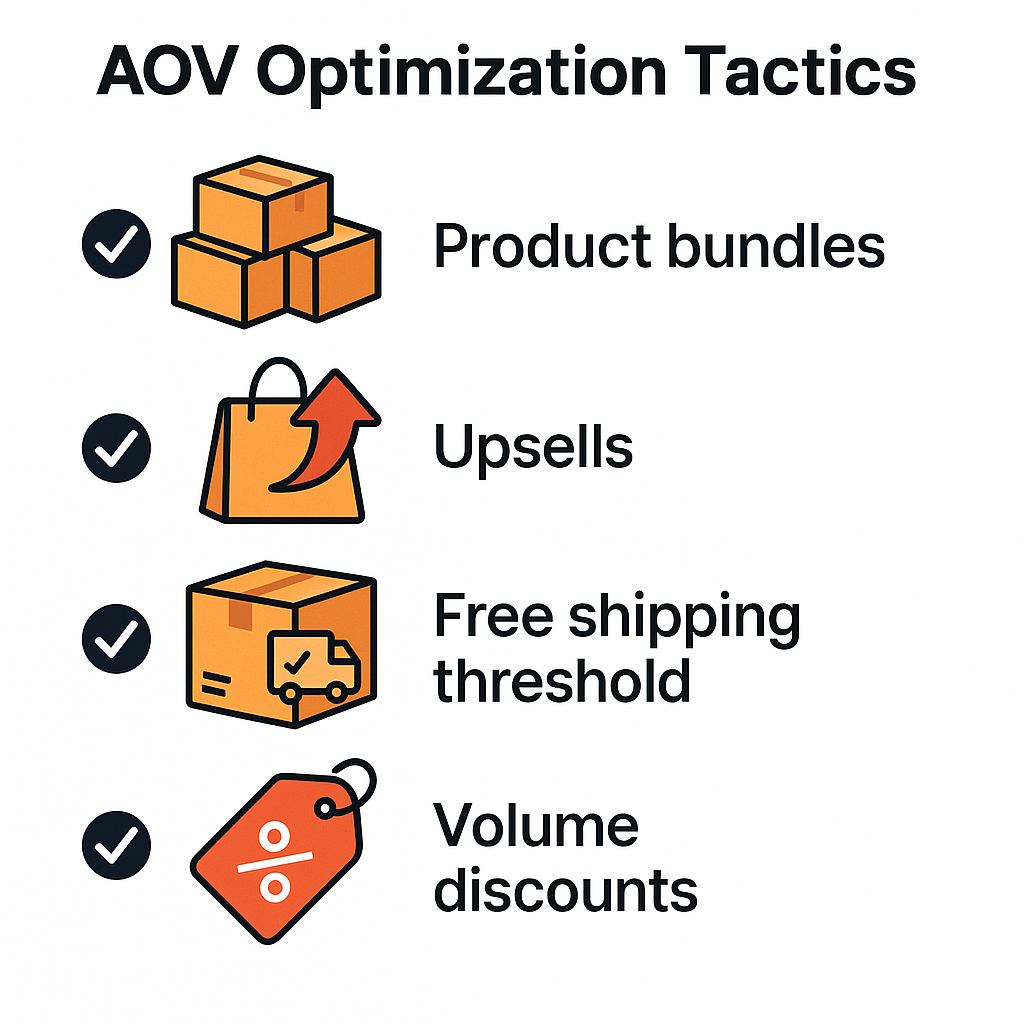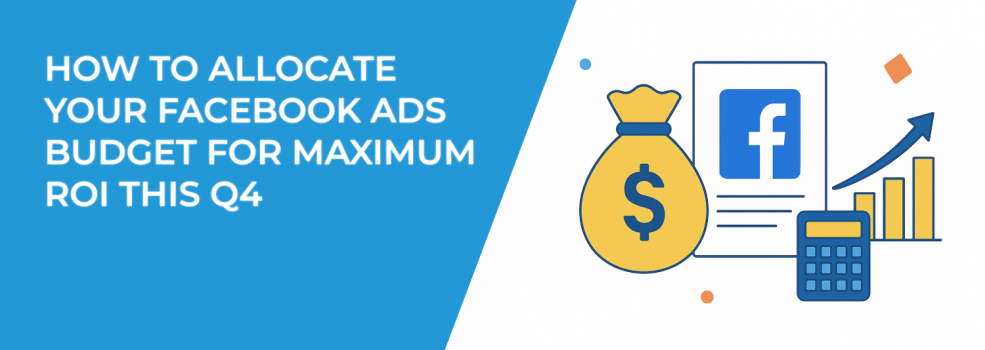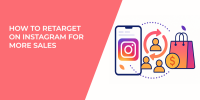Q4 is crunch time. Between Black Friday, Cyber Monday, Christmas, and year-end buying sprees, advertisers see some of the most expensive — and profitable — weeks of the year.
So how should you allocate your Facebook Ads budget to get the best possible return on investment?
Let’s break it down.
1. Start With a Q4-Only Strategy — Don’t Recycle Q3 Tactics
Too many advertisers roll into Q4 thinking their Q3 campaigns will carry over just fine. Big mistake. User behavior changes fast during the holiday season. People scroll differently. They click faster. And they're way more ready to buy — if you know how to reach them.
This means your Facebook ads strategy should be rebuilt from the ground up for Q4. Revisit your customer personas. Update your creative for urgency. And most importantly, rethink how your budget is split across the funnel.
If you're unsure how to structure your targeting to reflect these shifts, this guide to defining your target audience walks through the exact steps you need to clarify who to prioritize when the stakes (and CPCs) are high.
2. Divide Your Budget by Funnel Stage — But Flexibly
Here’s a smart baseline:
-
60% to bottom-of-funnel (BOFU) — Retargeting warm users, abandoned carts, email lists.
-
30% to middle-of-funnel (MOFU) — Engaging lookalike audiences or video viewers.
-
10% to top-of-funnel (TOFU) — Testing new creatives and attracting fresh cold traffic.
But here’s the catch — you should be fluid. If your BOFU campaigns are outperforming everything else, shift more budget there. Watch your ROAS in real time and move funds accordingly.
If you’re seeing warning signs like “ad set may get zero,” don’t panic. It often signals a mismatch in audience size or placement strategy. Here’s how to troubleshoot that message before you pause something that could actually perform well.
3. Reserve Budget for Key Dates And Scale Intelligently
Are you planning to spend consistently through Q4?
You shouldn’t.
Facebook CPMs spike massively around:
-
Black Friday,
-
Cyber Monday,
-
Christmas Week,
-
Last-minute shipping deadlines.
Instead of burning through budget early, allocate a portion (say 30–40%) specifically for those hot shopping windows. Build warm audiences in advance using engagement or video views — then retarget hard when your buyers are ready to pull the trigger.
Want to learn more about how to prep that structure? These Q4 campaign planning tips explain how to warm up your funnel before peak buying periods hit.
4. Test Creatives Early — Scale What Converts
Want better ROI? Start testing holiday creatives in late October or early November. This gives Facebook’s algorithm enough time to optimize before the surge of competition hits.

Test variations in:
-
Format — carousel, video, single image;
-
Offer — percentage off vs. dollar amount;
-
Message angle — urgency, FOMO, emotional appeal.
Not sure what to test first — creative, copy, or audience? This framework breaks it down so you can start with the lever most likely to move results quickly.
5. Use Campaign Budget Optimization (CBO) Wisely
CBO is powerful, but only when your ad sets are balanced. Don’t lump weak performers with high-converting ones and expect magic. Facebook will eat your budget on the wrong campaigns if you're not careful.
Here’s how to make it work:
-
Group ad sets by similar audience size and intent;
-
Set minimum spend limits if needed;
-
Monitor performance and pause under-performers quickly.
If you’re still unsure whether to use CBO or ABO, take a closer look at this comparison of CBO vs. ad set budgets — especially helpful when managing multiple goals across Q4.
6. Increase Your AOV to Offset Rising CPMs
Facebook ads cost more in Q4.
One of the best ways to protect your margins is to increase your average order value (AOV).

This can be done by:
-
Offering bundle deals,
-
Upselling at checkout,
-
Free shipping thresholds,
-
Post-purchase one-click offers.
This doesn’t just boost revenue — it lets you afford higher acquisition costs without hurting ROI. Learn how to apply AOV optimization tactics that are tailored for e-commerce ads during peak periods.
7. Don’t Overlook Attribution Windows and Delays
Facebook’s attribution isn’t as clean as it used to be. During Q4, conversion delays are common — people add to cart, compare, get distracted, and come back days later.
So be cautious about pausing campaigns too early. If you’re only looking at same-day results, you’re missing half the picture.
Use tools like:
-
UTMs and Google Analytics,
-
Facebook’s 7-day click attribution,
-
Offline conversion tracking (if applicable).
Need a deeper dive into how attribution affects scaling and spend efficiency? Here's a full breakdown of Meta attribution windows and accuracy that’ll help you interpret your Q4 performance the right way.
Final Thoughts: Move Fast, but Move Smart
Allocating your Facebook Ads budget in Q4 isn’t about spending more — it’s about spending smarter.
Understand your funnel. Prioritize high-intent users. Time your budget for maximum impact. And always keep testing.

